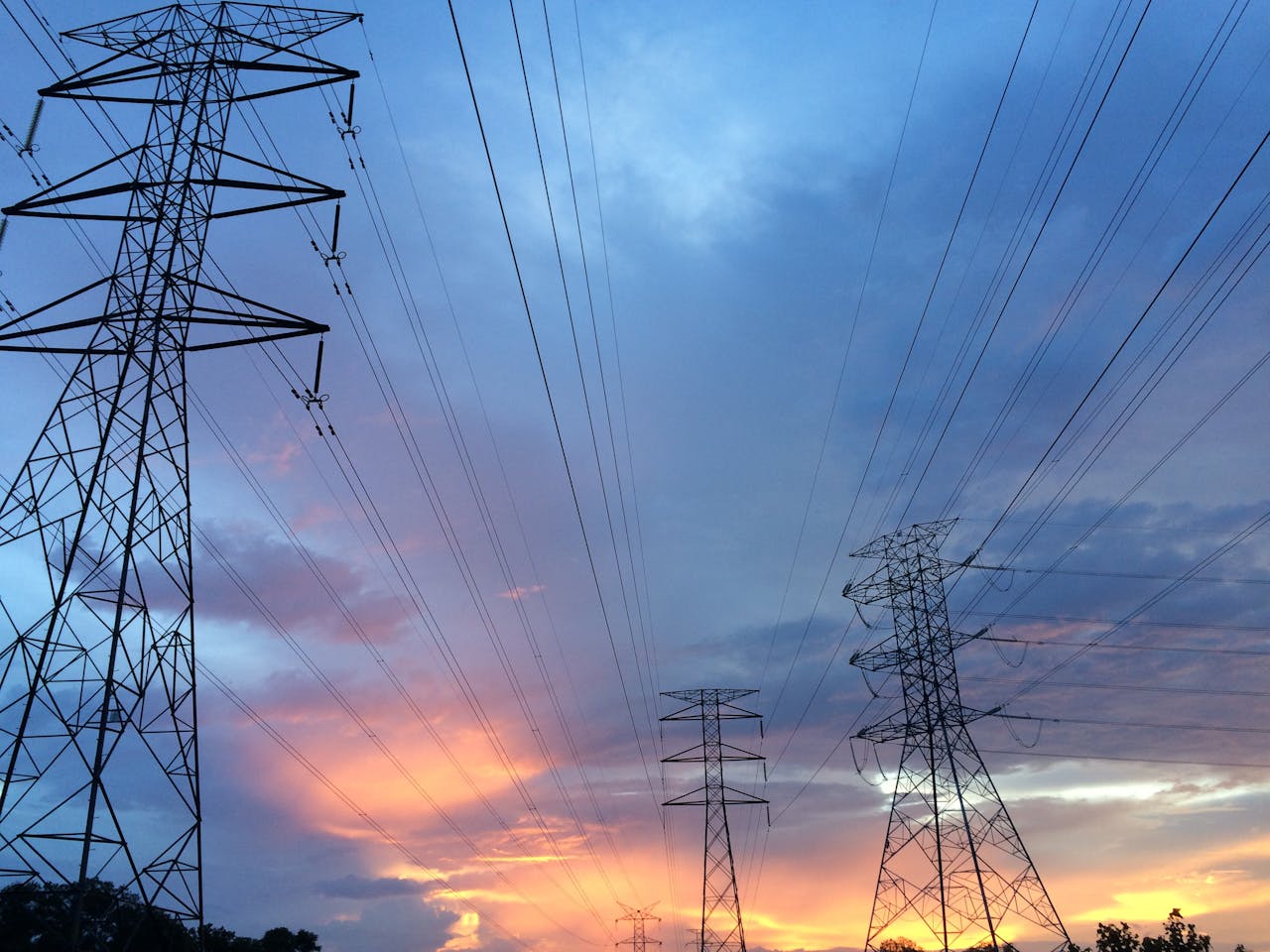Federal Funding Supercharges Grid Projects
Record federal spending, landmark regulation, and a surge in demand for electricity have pushed transmission and distribution work to the top of contractors’ bid lists in 2025. The $10.5 billion Grid Resilience and Innovation Partnerships (GRIP) program began issuing grants in January, while data center-driven load is projected to more than double by 2030, according to the International Energy Agency (IEA). Altogether, federal and state governments are steering more than $40 billion toward wires, poles, and advanced controls in this budget cycle alone.
Surety Bond Professionals is a family-owned and operated bonding agency with over 75 years of experience. With access to a broad range of surety markets, our expert agents are ready to assist with all of your construction bond needs.
Regulatory Certainty Accelerates Investment
Regulatory clarity is accelerating job creation in energy infrastructure. FERC’s Order No. 1920 now mandates 20-year regional transmission plans and cost-sharing agreements, ensuring a steady flow of projects. Meanwhile, DOE’s $2.5 billion Transmission Facilitation Program and $27 billion grid funding from the Bipartisan Infrastructure Law help reduce financial risk for new transmission lines and substation upgrades. Curious how bonding requirements compare across renewables? Check out our guide on Wind vs. Solar | A Contractor’s Guide to Bonding for more.
Flagship Transmission Projects Break Ground
Recent investments are resulting in substantial infrastructure advancements. Four TFP awards announced in October will add nearly 1,000 miles of new or enhanced transmission lines and 7.1 GW of capacity. Notably, this includes the 320-mile Southern Spirit HVDC link connecting ERCOT to the Southeast and the 285-mile SWIP-North project in the West. Both are slated to commence construction this year, with each expected to generate over 300 union construction jobs. Additionally, the initial deployment of GRIP-funded smart-grid upgrades and utility-scale storage installations is contributing to significant project backlogs for electrical contractors.
Supply Chain and Labor Constraints
The growth in demand for electricity brings certain challenges. Lead times for large power transformers have stretched to 120 weeks, which can push critical path schedules out by two years and tie up working capital. The National Renewable Energy Laboratory warns that hurricanes, wildfires, and the explosion of EV chargers mean the U.S. may need up to 260% more distribution transformers by 2050. Meanwhile, 94% of contractors still struggle to fill craft positions, and more than half report project delays tied directly to labor shortages.
Contractor Strategies to Stay Ahead
Builders are locking in equipment early, pooling utility orders, and standardizing pad-mounted units to access new domestic transformer lines. Firms are offering higher wages, accelerated apprenticeships, and community college partnerships to secure federal training incentives. And address workforce shortages. Technologies like digital twins, LiDAR surveys, and AI-driven outage modeling speed up design, while modular off-site substation builds cut installation time by up to 40%. Recent permitting reforms, such as a 150-day litigation limit under the 2024 Energy Permitting Reform Act, are shortening interconnection timelines, encouraging early contractor involvement and design-build-finance models.
2025 Outlook: Grid Construction’s Next Mega Market
For contractors that can navigate supply constraints and workforce gaps, 2025 is shaping up to be the year the grid becomes the construction industry’s next megamarket. DOE now warns that uncontrolled capacity shortfalls could double blackouts by 2030, underscoring how vital timely project delivery has become.
Understanding Bonds in Grid Construction
As federal and state investment in grid infrastructure grows, public works and utility-backed projects often require contractors to carry three core surety bonds:
- Bid Bonds guarantee the contractor will honor the terms of the bid and provide the required performance and payment bonds if awarded the contract.
- Performance Bonds ensure that the work will be completed according to contract terms, timelines, and quality standards.
- Payment Bonds protect subcontractors and suppliers by guaranteeing they’ll be paid even if the contractor fails to meet financial obligations.
These bonds are not only essential for compliance, but they also build trust with project owners and help contractors compete for the growing volume of federally funded work.
Call Us Today
Our surety bond professionals will help you grow your revenue by maximizing your surety capacity. Call us today!





